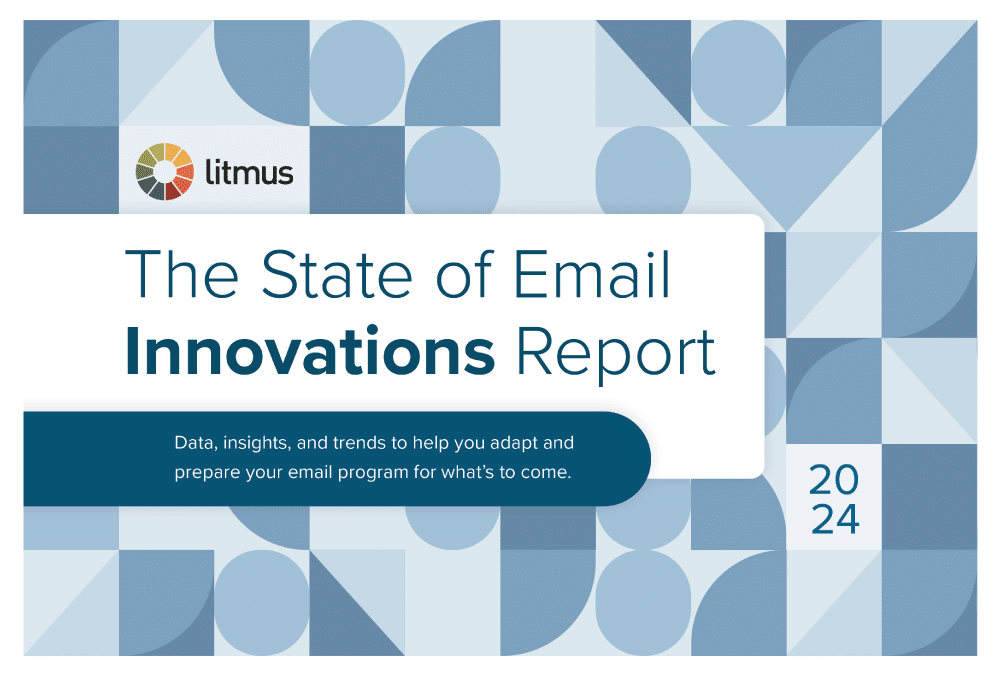Key takeaways ✨
|
Validity surveyed 1,000 U.S. consumers, revealing what drives them to open, engage with, or unsubscribe from holiday emails.
This holiday season, consumers signal that they want transparency, real discounts and thoughtful timing, not inbox overload or misleading subject lines. Retailers that continue to rely on volume over value risk unsubscribes and missed opportunities.
Here’s what consumers told us about what’s working, what’s not, and what brands can do to improve their holiday email performance.
Table of contents
Too many emails
- 49% of consumers have unsubscribed from a brand’s holiday emails because they received too many.
- Millennials are the most likely to unsubscribe (57%), followed by Gen Z and Gen X (48% each) and Baby Boomers (38%).
- Weekly is the most preferred frequency for receiving holiday promotional emails from retailers (25%). 21% prefer every two to three days, while 21% are comfortable with daily emails.
Email overload remains the primary cause of disengagement. Consumers are overwhelmed by frequent, repetitive messages that add little value. Retailers have an opportunity to improve performance simply by sending less.
Aligning send cadence with subscriber expectations can reduce unsubscribes and increase engagement rates. A weekly or twice-weekly schedule paired with clear, relevant offers can deliver stronger results than daily messages that compete for attention and chip away at trust.
Weak or irrelevant subject lines
- The top reason consumers open a holiday email is brand recognition and trust (31%).
- The next biggest driver is subject lines that mention specific discount percentages (25%)
- Millennials (33%) are the most influenced by discount-specific subject lines, while Baby Boomers (38%), Gen X (34%) and Gen Z (32%) are more motivated by brand familiarity.
Consumers are more likely to open emails from brands they trust that clearly state what’s inside. Subject lines that include a specific offer (“25% off your first order”) perform better. For younger audiences, clarity and value matter most, while older audiences rely more on recognition. Building a trusted brand identity is as critical as crafting compelling subject lines.
50+ holiday email subject lines that convert
Conquer Black Friday and Cyber Monday with these attention grabbing email subject lines.

Misleading urgency or overhyped messaging
- The most common reason consumers unsubscribe from a retailer’s emails—after email frequency—is misleading subject lines or fake urgency (16%).
Consumers can tell when brands are using artificial urgency as a pressure tactic to drive clicks, and it can quickly backfire, leading to unsubscribes. Real urgency, such as limited inventory of exclusive early access, must be backed by truth. Retailers should build trust through honest, transparent messaging instead of short-term tricks that reduce credibility.
Lack of transparency about pricing
- 55% of consumers want full transparency about tariffs or price changes in holiday marketing emails, with 16% only wanting this information for products they’re viewing
- Only 13% don’t want economic/political content in marketing emails.
- Younger generations lead the demand for wanting full transparency about tariffs or price changes: Gen Z (63%), Millennials (62%), Gen X (55%), Baby Boomers (41%).
Consumers want to understand the “why” behind pricing. Clarity regarding tariffs, fees, and price adjustments enhances brand credibility. Young shoppers especially expect transparency from the brands they choose. Providing honest explanations about costs, without overwhelming them with economic jargon, can turn pricing from a potential frustration into a trust-building opportunity.
Craft winning holiday emails and boost engagement
Discover strategies for creating effective holiday email campaigns that will make you stand out during the busiest time of year.
Poor timing for holiday messages
- 24% prefer to receive holiday emails in early November.
- 21% prefer early October, and 18% prefer late October.
- Nearly 63% want to start hearing from brands before Thanksgiving.
- 23% of Baby Boomers prefer emails after Thanksgiving, compared with 8% of millennials and 9% Gen Z.
Holiday timing preferences vary among generations. Most consumers want messages to begin before Thanksgiving, but younger audiences tend to start shopping earlier, while older consumers prefer brands that wait until after Thanksgiving.
Retailers can maximize impact by segmenting audiences by age and engagement history to ensure that messages arrive when each group is most ready to act.
Quality is greater than quantity
Overall, consumers are setting clear expectations around quality over quantity. They want transparency, real discounts and emails that respect their time. Retailers that build trust, fine-tune timing and cut down on unnecessary sends can strengthen engagement across every generation.
While 56% of consumers report being satisfied with holiday email marketing from retailers (19% very satisfied, 37% somewhat satisfied), nearly a third remain neutral and 15% are actively dissatisfied — signaling significant room for improvement.
Retailers that avoid the volume trap and instead focus on relevance and trust are better positioned to rise above the noise this holiday season.
Methodology: This research is based on a survey of 1,000 U.S. consumers aged 18 and older conducted by Dynata on behalf of Validity in September 2025. The sample was designed to be representative of the U.S. adult population. For analyses referencing generational groups, the following age ranges were used: Generation Z (born 1997-2012), Millennials (born 1981-1996), Generation X (born 1965-1980), and Baby Boomers (born 1946-1964).
Power up your email strategy
Gain expert insights and industry benchmarks from the latest State of Email Report. Elevate your email game.
Cynthia Price is the SVP of Marketing at Validity.

